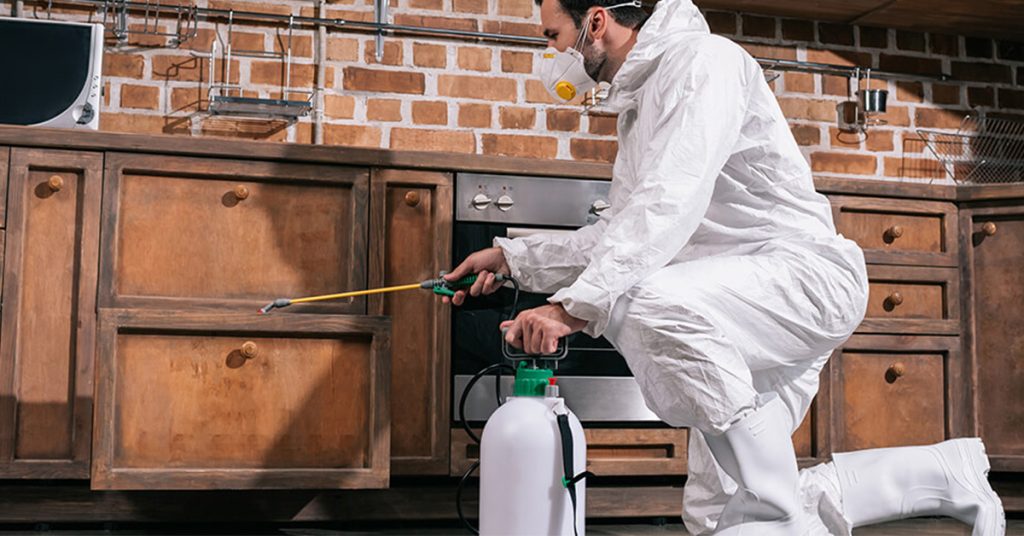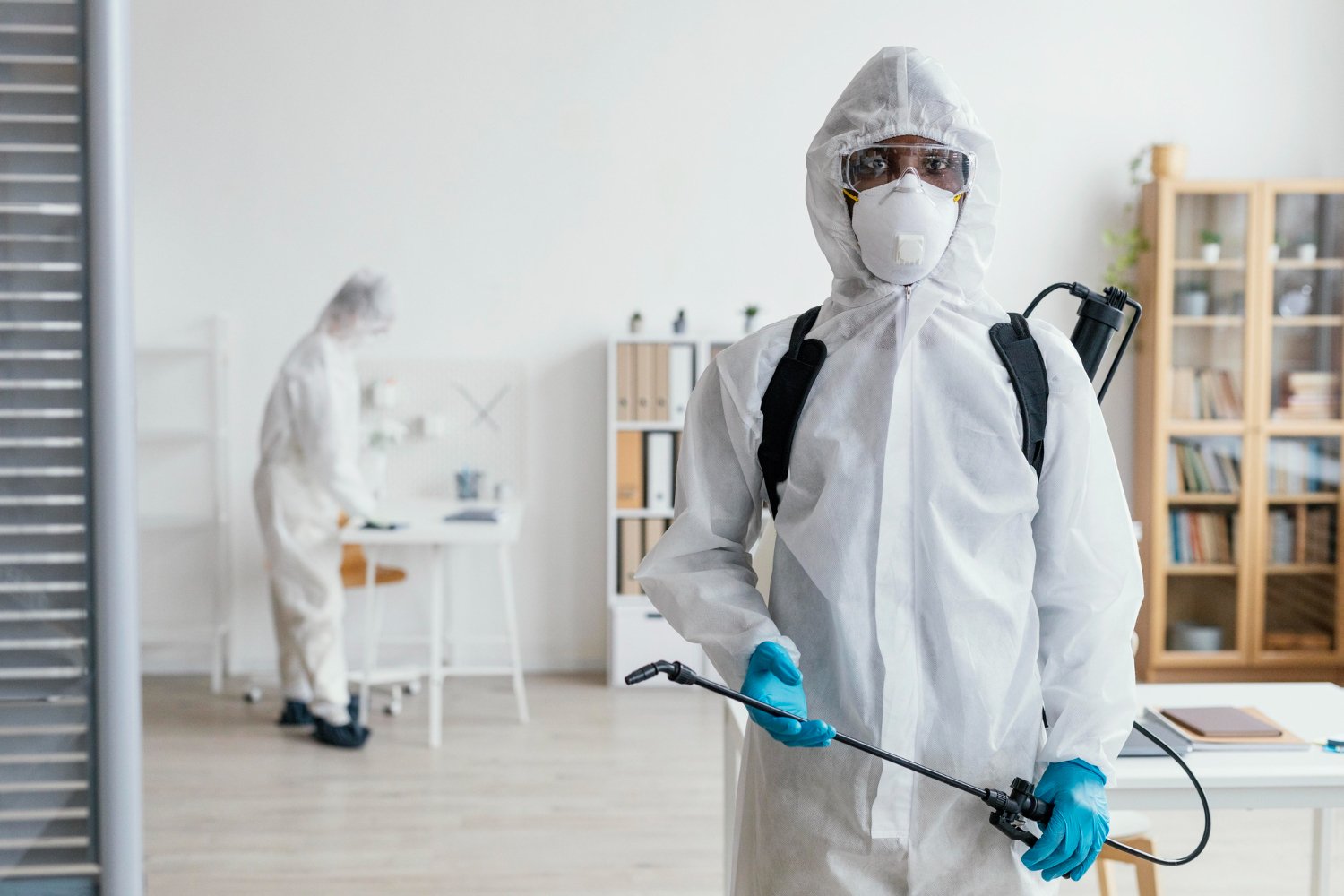Why Residents Rely on Pest Control Lockhart for Their Needs
Why Residents Rely on Pest Control Lockhart for Their Needs
Blog Article
Exploring Problem and Therapy Strategies on the planet of Bug Control
The landscape of parasite control encompasses a myriad of difficulties, specifically as problems of typical household insects continue to progress. By incorporating preventative measures with sophisticated administration methods, such as Integrated Insect Administration (IPM), home owners can much better guard their environments.

Typical House Vermin
When it pertains to handling our living rooms, recognizing common household pests is essential. These insects not just interrupt our comfort yet can additionally posture health threats and damages property. One of the most widespread house parasites consist of ants, cockroaches, rodents, termites, and bed bugs.
Ants, typically seen foraging in kitchen areas, can contaminate food and develop huge nests. Cockroaches, known for their resilience, can cause allergic reactions and spread microorganisms. Rodents, including mice and rats, can cause architectural damages and bring diseases like hantavirus and salmonella. Termites, often described as "quiet destroyers," can jeopardize the integrity of wooden structures, bring about pricey repair services. Bed bugs, although not condition service providers, can trigger significant pain with their bites and result in emotional distress.
Identifying the signs of these parasites, such as droppings, nests, or attack marks, is important for very early intervention (Pest Control Lockhart). Correct cleanliness practices, sealing access points, and keeping a clutter-free atmosphere are effective preventative procedures. By identifying these usual household bugs and understanding their habits, homeowners can take positive steps to alleviate problems, making certain a healthier living setting
Understanding Bug Infestations
Pest invasions can rise rapidly, transforming a small inconvenience right into a significant issue otherwise addressed quickly. Recognizing the nature of these problems is essential for efficient administration. Insects can get into household and commercial spaces for different factors, consisting of the look for food, shelter, or breeding grounds. Typical variables adding to infestations include bad cleanliness, architectural susceptabilities, and seasonal modifications that drive insects inside.
Determining the kind of bug is necessary, as various types display different habits and reproductive rates. For instance, rodents might develop nests in concealed areas while insects like cockroaches thrive in wet settings. Early detection typically rests on recognizing indicators such as droppings, chomp marks, or unusual sounds, which can show a trouble prior to it becomes extreme.
Ecological conditions also play an essential function in insect spreading. Cozy, damp environments can promote the fast development of bug populations, while adjustments in landscaping or construction can accidentally produce conducive settings. For that reason, regular assessments and preventative steps are extremely important to alleviating the risk of infestations. An enlightened method to recognizing these dynamics prepares for effective bug management methods in the future.
Treatment Techniques and Strategies
Reliable treatment techniques and methods are crucial for reducing insect invasions and recovering a secure environment. A multifaceted method is commonly best, including chemical, organic, and mechanical strategies tailored to the particular pest and the seriousness of the invasion.
Chemical treatments include using pesticides and herbicides, which can successfully remove parasites. Nonetheless, correct application and adherence to safety guidelines are essential to reduce dangers to humans and non-target organisms. Integrated Bug Management (IPM) encourages the wise use chemicals as a last option, depending instead on monitoring and limit degrees to figure out treatment needs.
Organic control methods entail introducing all-natural killers or parasites to lower insect populations. This technique is increasingly preferred, especially in farming settings, as it advertises environmental sustainability.
Mechanical methods, such as traps and obstacles, supply immediate alleviation from pests without this contact form presenting chemicals. Alternatives include sticky catches for insects or physical obstacles for rats.
Ultimately, the selection of treatment technique should think about the details insect, the setting, and potential effects on human health and environments. A well balanced combination of these methods can effectively handle invasions while promoting long-term parasite control options.
Preventative Steps for Homes
Proactively dealing with parasite issues before they intensify is essential for maintaining a healthy home atmosphere (Pest Control Lockhart). Applying effective safety nets can dramatically reduce the possibility of invasions, eventually guarding both your residential or commercial property and wellness

Appropriate landscaping also plays an important function in avoidance. Maintaining bushes and trees trimmed away from the home decreases the chances of pests finding their means inside. In addition, make certain that water drainage systems are operating effectively to stop standing water, which can attract mosquitoes and various other bugs.
Last but not least, routine evaluations are advisable. Regularly looking for signs of pest activity permits very early intervention. By taking on these preventative steps, property owners can create a setting that is less hospitable to parasites, consequently enhancing their total high quality of life and reducing the requirement for comprehensive bug control interventions.
Business Insect Control Approaches
A detailed approach to industrial pest control is necessary for companies intending to maintain a risk-free and hygienic atmosphere. Reliable techniques entail a combination of routine examinations, worker training, and the execution of Integrated Pest Administration (IPM) practices.
Routine examinations enable early discovery of pest activity, permitting prompt intervention. Companies must develop a routine schedule for these analyses, concentrating on More hints high-risk areas such as kitchen areas, storage space areas, and waste disposal sites. Employee training is similarly critical; personnel should be informed on the signs of pest invasions and the relevance of reporting them instantly.
Carrying out IPM techniques aids mitigate insect issues sustainably. This includes habitat adjustment, such as sealing entrance points and minimizing mess, along with using all-natural deterrents prior to considering chemical therapies.

In addition, teaming up with a qualified parasite control service provider ensures access to expert expertise and innovative therapy alternatives. This collaboration can cause personalized insect control plans tailored to the details needs of the business, decreasing threats and improving general efficacy. Ultimately, an aggressive and enlightened technique promotes a pest-free atmosphere, securing both public health and wellness and company reputation.
Verdict
In verdict, effective insect control demands a thorough understanding of typical house pests and their habits, paired with targeted treatment techniques. Applying preventive procedures along with treatment techniques such as Integrated Insect Management and biological control improves the capacity to mitigate invasions.
Report this page